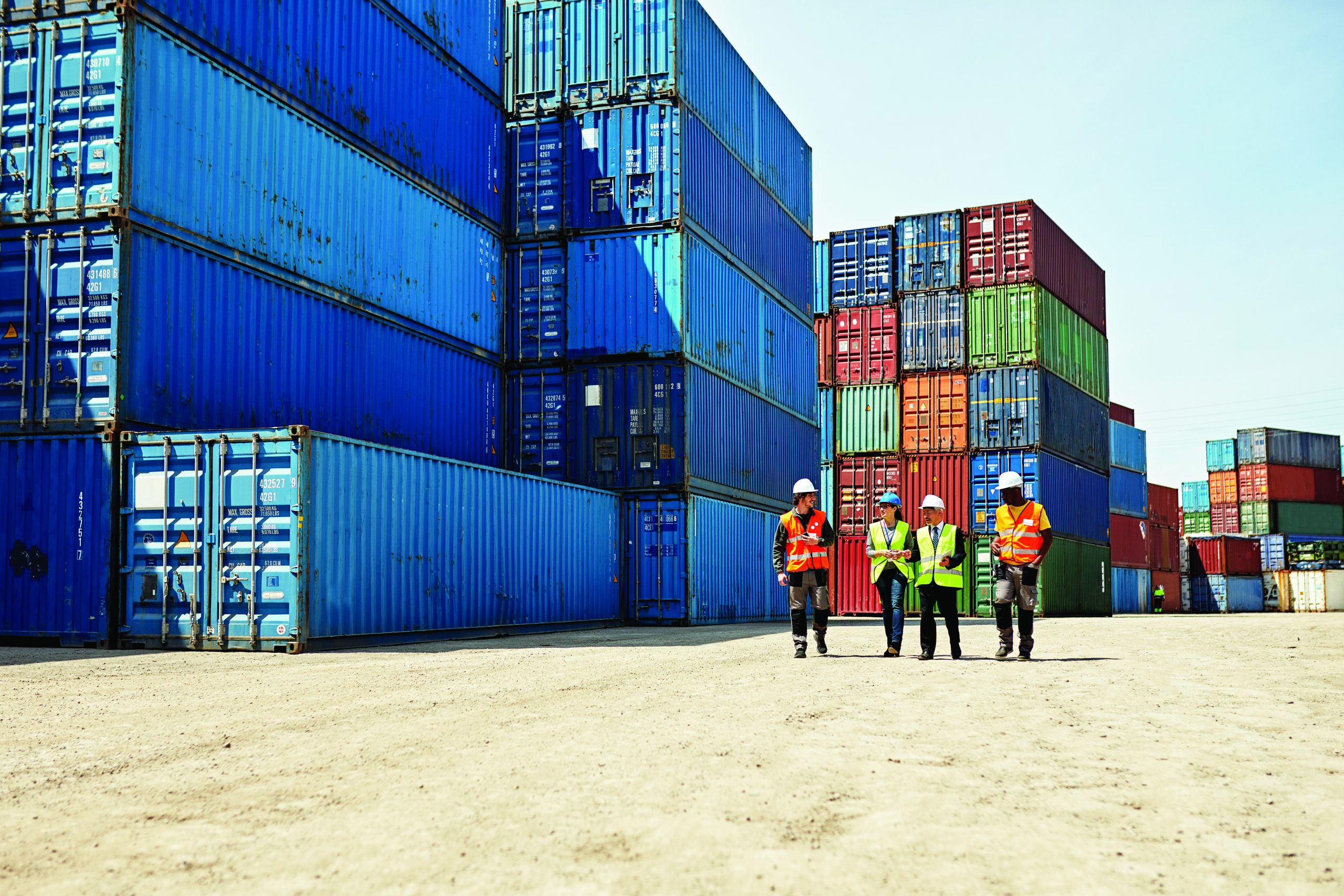What is a supply chain?
I think of a supply chain as a wind-up watch with cogs. The functions within the supply chain — the inventories, manufacturing, transportation, warehouses, customer service — all interact with each other. They work properly when everything’s in tandem. But if you have even one tooth out of whack on the cogs, then the whole supply chain can fail.
Why have some goods become scarce?
COVID-19 is the prominent reason, a result of disruptions in both manpower and transportation, because transportation is the glue of any supply chain. Think of the record level of congestion at the Ports of Los Angeles and Long Beach that everybody’s heard about, or the manufacturing outages across China when they shut down plants because of COVID. And the shortages of truck drivers and service workers.
How long will the disruptions last?
I’m going to guess the delays will continue for another year. I say this because of my background as a transportation researcher. My Ph.D. was in transportation. Whenever you have a perturbation in the transport system, it takes a long time to iron out. If there’s congestion on the highway with cars backing up, you move whatever the obstacle is and the cars start to flow again. But the longer that obstacle is in place, the longer the impact of that disruption. That’s also true for supply chains. A small, local disruption can be unfortunate, but not detrimental. When the impact is broad, across the supply chain, it just takes longer for the recovery.
What else is important to understand?
The digital tracing of a supply chain is more important today than in the past. By this, I mean mapping out the supply chain and knowing where every item is. You can think of supply chains as being quite opaque. You know vaguely that you want to get goods from A to B, but if you were to know exactly where things are with a clear mapping, the system would work much more efficiently.
Customers today want their items fast and they want things customized. That means supply chains have to be agile, robust and resilient, like a three-pronged triangle. Agile: Can the system be re-engineered to support the changing customer trends? Robust: Can it handle disruption, but still operate, even if a chip cannot be shipped from a specific region? Resilient: Can the system not fall apart in the event of a disruption?
My research is about mapping the supply chain. The initial mapping is knowing who your suppliers and the suppliers of suppliers are. Then, more information is added to that basic structure, like a dashboard. You can add in information about geography or the financial side of the supply chain, for example. The goal is to have as much transparency as you can get. Companies that are mapping supply chains well have really succeeded during the COVID-19 pandemic.
Pegeen Hopkins







